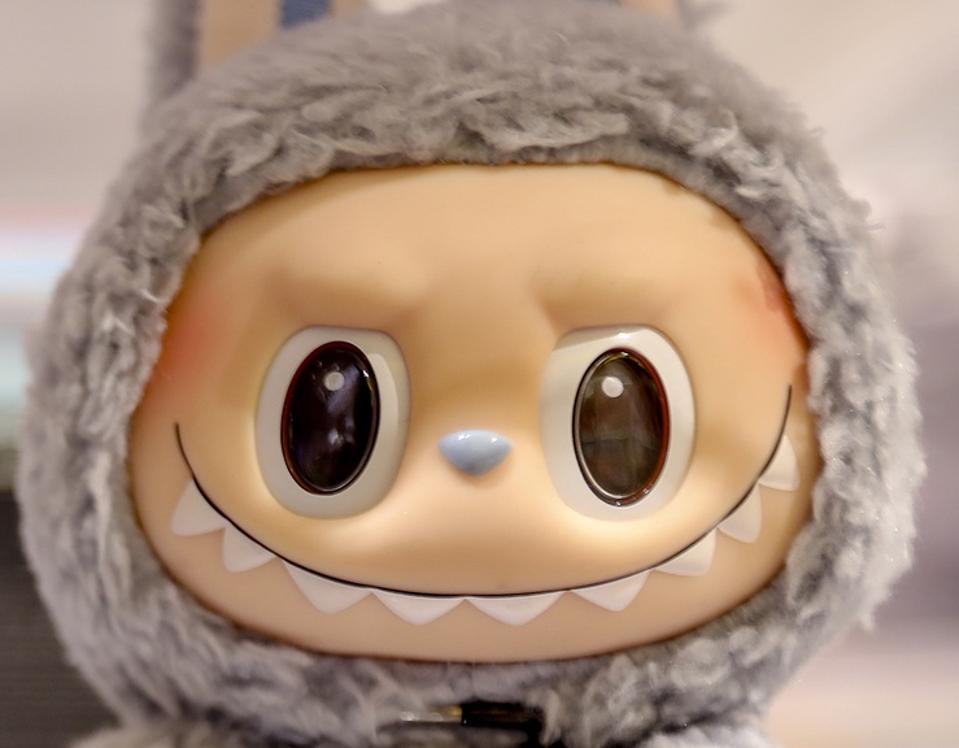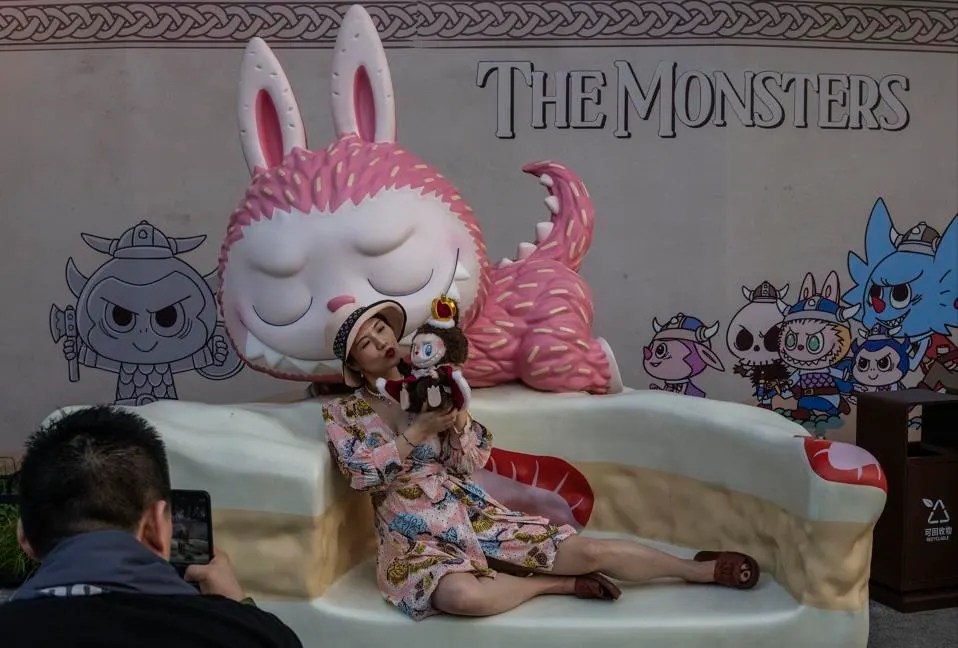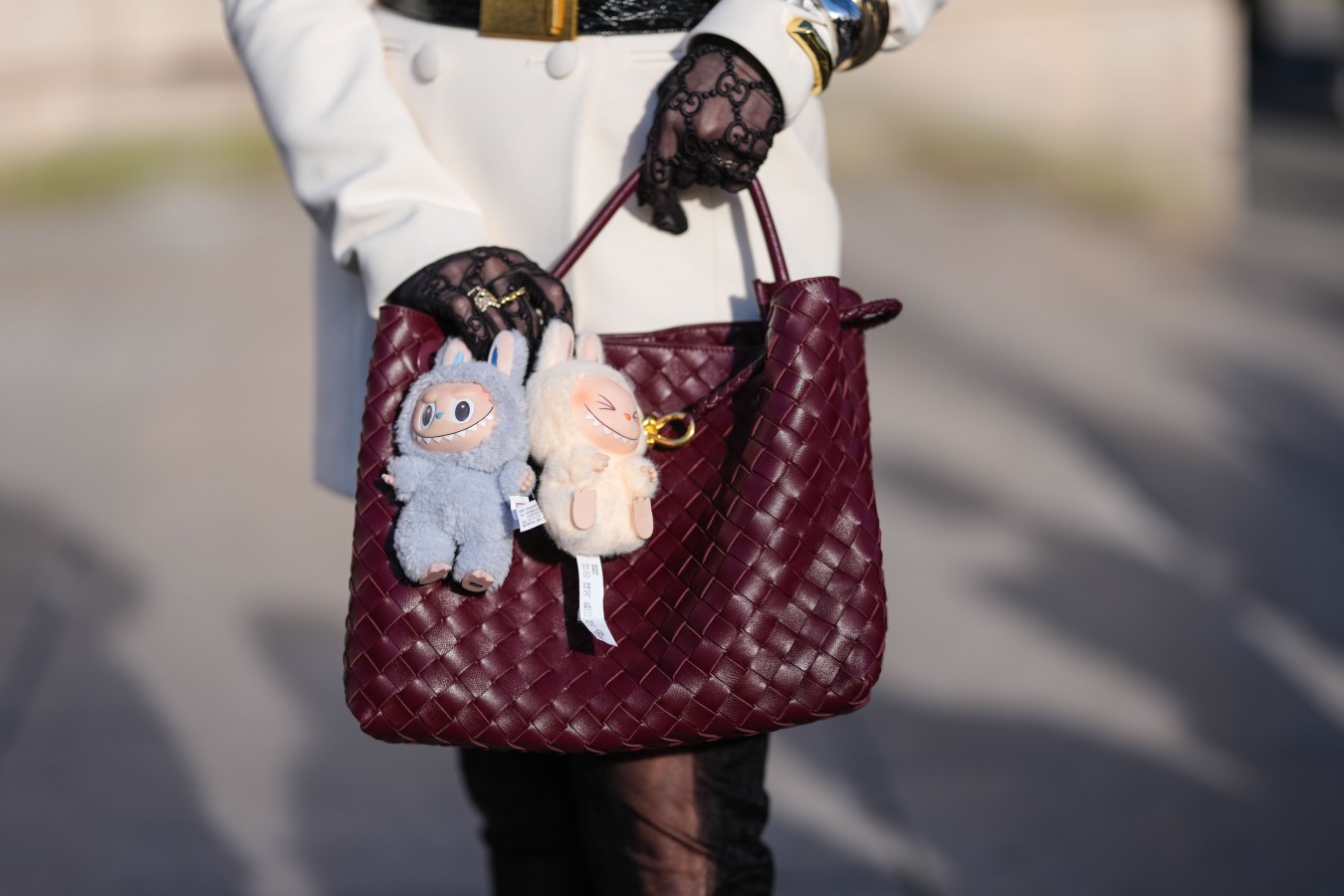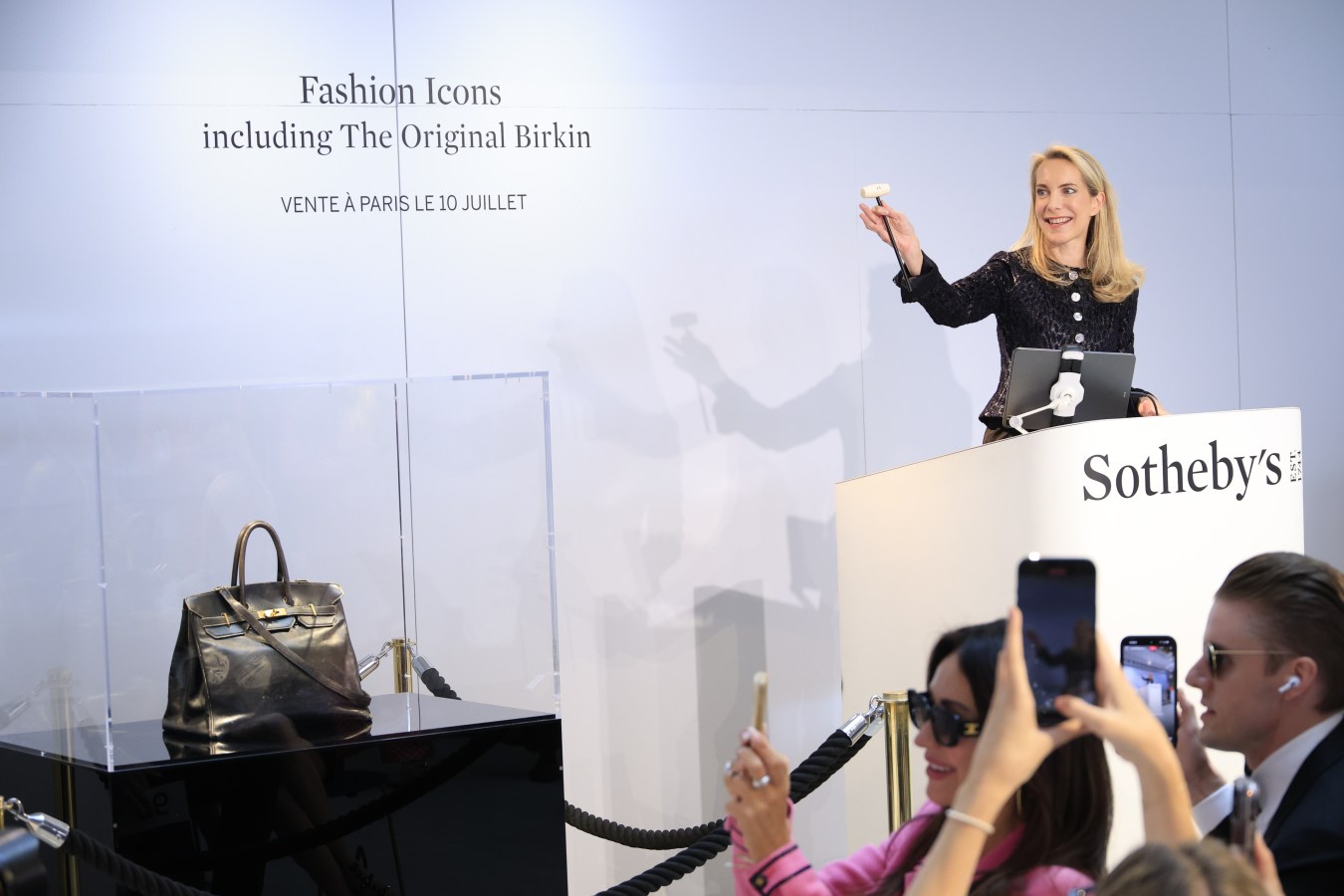At peak, Labubu dolls weren’t just collectibles, they were emotional currency. Every social feed served unboxing after unboxing of pastel creatures with wide grins and rabbit-like ears. Blind-box drops emptied in minutes. On resale platforms, rare versions sold for thousands.

Pop Mart’s IPO soared near US $1.8 billion, and its mid‑2024 revenue from “The Monsters” IP reached ¥6.3 billion (US $870 million).
But the latest civic drama, the seizure of counterfeit Labubu’s in global raids from Shanghai to Blackpool, UK feels like a turning point. When concerns on authenticity become the headline, the story shifts from viral delight to brand fragility.
The Spark of A Story

Labubu was born in 2015 in Kasing Lung’s sketchbooks, part myth, part toy, growing from Nordic folktales into mischievous plush characters sold via How2Work.
In 2019, Pop Mart licensed the IP and turned it into a global sensation using the blind-box model: controlled odds, chase editions, tight drops.
Lisa from Blackpink, Rihanna and Dua Lipa posted their own Labubu’s, and suddenly owning one was a badge of belonging.

Collectors formed inner circles: Telegram groups, resale markets, themed events. This was now more than a doll; it was an identity.
Pop Mart’s genius lay not just in the design of an “ugly‑cute” rabbit‑elf but in how it sold it. Building scarcity meant more than limited editions, it entailed geo-targeted drops, app-controlled lotteries, and “chase” variants whose odds reviewers hunted online. Data on queue length, bot profiles, and resale analytics fed future releases, not to ease congestion, but to stoke it. Fans learned early that loyalty meant digital vigilance.
That strategy may have meant higher margins, but potentially at the cost of goodwill. Frustrated shoppers, told again that SKUs were sold out despite being nearby, felt treated as data points, not fans.
For a brief time, queues became the ultimate global retail spectacle: curated scarcity feeding social currency.
When Fakes Became Front-Page News

This summer, Shanghai police dismantled a counterfeit ring responsible for more than 5,000 fake Labubu’s sold at 60–70% of the retail price. They masqueraded behind an electronics storefront, reverse-engineered originals, and cleared about RMB 12 million (US $1.67 million) before arrest. Around the same time, Chinese customs seized tens of thousands more “Lafufus,” as social media dubbed them, across multiple cities.
But the counterfeit crisis wasn’t just about fake supply, it revealed cracks in loyalty. Early collectors saw their community diluted when Lafufus undercut secondary values and eroded trust. Pop Mart tried to protect authenticity, registering trademarks, issuing match-buy guides, embedding QR tags. But the breach already showed that scarcity managed poorly can implode the emotional equation.
A legacy instead of a novelty?
Pause for a moment and imagine a different history. What if Pop Mart had treated its early fan cluster not as revenue funnels, but as brand stewards? They could have introduced exclusive tiers, early drop access, serialised minis tied to Kasing Lung’s The Monsters lore, or fan-driven design trials. Imagine live events where top collectors met creators. Imagine a creator‑led app series developing Labubu mythology over time. Instead, scarcity reigned; content and connection cooled. A legacy instead of a novelty.
Yet there remains a premium side of the story. Pop Mart did build premium aura, museum‑exclusive editions at the Louvre, collaborations with Keith Haring, One Piece, and Coca‑Cola. Auction headlines still glitter: a 4‑ft mint‑green Labubu fetched roughly US $170,000 in Beijing. But when narrative doesn’t broaden across the base, only the top tiers thrive and fandom can fracture.
A Sliding Door Moment?
Perhaps Labubu stabilises into a niche long-term brand: occasional high-profile auctions, dedicated fan circles, and spin-offs like Crybaby or Dimoo sustaining its DNA. Or maybe the trend falters, fakes overwhelm the feel of exclusivity, and newer IPs eclipse it in the fickle pace of Gen‑Z fandom.
Despite Pop Mart moving to app-based releases and price hikes on primary retail, secondary‑market sentiment now reads “past peak” on Reddit and TikTok. Average resale prices have dropped over 50% in some regions in recent months.
What the sensation has taught us about shopping

Labubu’s rise reflects more than toy mania; it seems to fill an emotional gap. Amid economic and cultural uncertainty, communities found solace in surprise and scarcity, collecting offered meaning when certainties faltered. But that spark risks flickering fast. The doll also functioned as an unlikely enabler, a bridge into a world often closed off to younger consumers. Frequently seen hanging from luxury handbags, including those of celebrities and fashion insiders, the toy became a symbolic accessory that offered a lower-cost entry into a high-value aesthetic. In a marketplace where prestige often feels out of reach, Labubu gave fans a sense of belonging, even if only by association, a small totem granting access to a bigger, more aspirational narrative.
Critics now question the environmental cost of micro-trend consumption and the addictive logic of blind-box buying. Nab’s investment analysts warn the hobby risks being misread as an investment strategy, particularly as resale values fluctuate wildly.
Crescendo or Coda?
Labubu’s arc, from studio sketch to scandalous seizure charts the power and peril of emotional commerce. While its early chapters brimmed with connection, the latest reveals strain: diluted trust, fraying fandom, speculative thrill substituting for substance.
Because in the end, emotional commerce isn’t built on scarcity alone. It’s built on how you manage desire, honour participation, and weave community into narrative, long after the packages are opened.
“Bye‑Bye Labubu?” Maybe. Maybe not. But more crucial is what follows. In an age where belonging outweighs possession, the next collectible that wins is the one that builds beyond the moment, not just demand, but devotion.
This article was originally published on forbes.com


